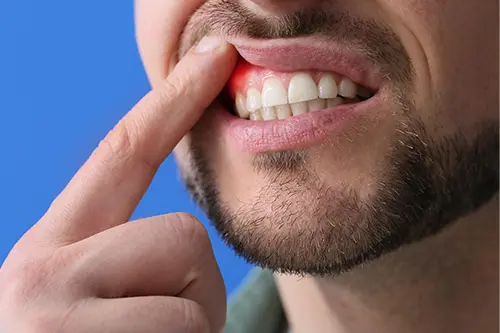If you're preparing for gum surgery, you might be wondering, what does gingivectomy recovery look like? Recovery is a critical part of the process that ensures successful healing and optimal results. While the gingivectomy procedure itself is typically quick and performed under local anesthesia, the recovery period involves care, attention, and patience to ensure your gums heal properly and comfortably. Let’s explore what you can expect during each stage of recovery and how to promote the best outcome.
Immediate Post-Procedure Experience:
Right after the Gingivectomy (Gum Tissue Removal) in Dubai, you will likely feel some numbness due to local anesthesia. Once it wears off, mild discomfort, swelling, or sensitivity may begin. Your periodontist or dentist will provide post-op instructions and may prescribe pain relief or recommend over-the-counter options.
Here’s what to expect within the first 24–48 hours:
- Mild bleeding around the treated areas
- Swollen or tender gums
- A metallic or salty taste in the mouth
- Sensitivity to hot or cold foods
- Pain or discomfort that’s manageable with prescribed medication
- Gauze dressings may be applied to control bleeding
Following your provider’s guidance closely during this stage is key to avoiding complications.
Pain Management and Medications:
Pain after a gingivectomy is usually minimal and temporary, but effective management is important for comfort and healing. Your dentist may recommend over-the-counter medication like ibuprofen or acetaminophen, or a prescription if the procedure was extensive.
Recommended post-op medications and care tips include:
- Anti-inflammatory medications to reduce pain and swelling
- Antibiotics (if prescribed) to prevent infection
- Antibacterial mouthwash to keep the area clean
- Cold compresses applied externally to reduce swelling
- Avoiding aspirin, as it may increase bleeding
Sticking to your medication schedule and reporting any unusual symptoms helps ensure a smooth recovery.
Eating and Drinking After Surgery:
Many patients ask what does gingivectomy recovery look like when it comes to eating and drinking? For the first few days, you’ll need to adjust your diet to prevent irritating the surgical site and promote tissue healing.
Diet tips for smoother recovery:
- Stick to soft foods such as yogurt, mashed potatoes, smoothies, and soups
- Avoid spicy, crunchy, or acidic foods that can irritate your gums
- Drink plenty of water but avoid using straws, which can dislodge clots
- Skip alcohol and smoking, which delay healing
- Resume your normal diet gradually as advised by your dentist
Being mindful of your food choices helps reduce the risk of post-op discomfort and infection.
Oral Hygiene During Recovery:
Maintaining good oral hygiene after a Gingivectomy (Gum Tissue Removal) Treatment is essential, but you’ll need to be gentle to avoid disturbing the healing tissues. Your dentist will guide you on when and how to resume brushing and flossing.
Oral care tips during gingivectomy recovery:
- Avoid brushing the surgical site for a few days
- Rinse gently with salt water or a prescribed antibacterial rinse
- Use a soft-bristled toothbrush when you resume brushing
- Do not floss in the treated area until your dentist approves
- Keep the rest of your mouth clean to prevent bacterial buildup
Following a gentle but consistent oral hygiene routine can speed up your healing and protect against infection.
Healing Timeline and What to Expect:
So, what does gingivectomy recovery look like in terms of timeline? Full healing usually takes 1 to 2 weeks, depending on the extent of the surgery and your body’s natural healing ability. Most patients begin to feel much better within a few days.
Typical healing timeline includes:
- Day 1–2: Swelling, tenderness, and slight bleeding
- Day 3–5: Pain begins to subside, swelling reduces
- Week 1: Gums start to close and tighten, stitches (if any) may be removed
- Week 2: Gums appear pinker, firmer, and healthier
- After 2 weeks: Most patients can return to normal eating and oral care routines
Your dentist may schedule follow-up visits to monitor healing and ensure there are no complications.
Tips for a Smooth Recovery:
A successful recovery depends on how well you care for yourself post-procedure. While healing is generally straightforward, being proactive can prevent issues like infection or delayed tissue repair.
Top tips for faster gingivectomy recovery:
- Rest and avoid intense physical activity for 24–48 hours
- Keep your head elevated to reduce swelling
- Take all prescribed medications exactly as directed
- Follow your dentist’s specific post-op care instructions
- Avoid touching or poking the treated area with your fingers or tongue
- Call your provider if you notice excessive bleeding, fever, or worsening pain
By following these guidelines, your recovery can be smooth, quick, and complication-free.

